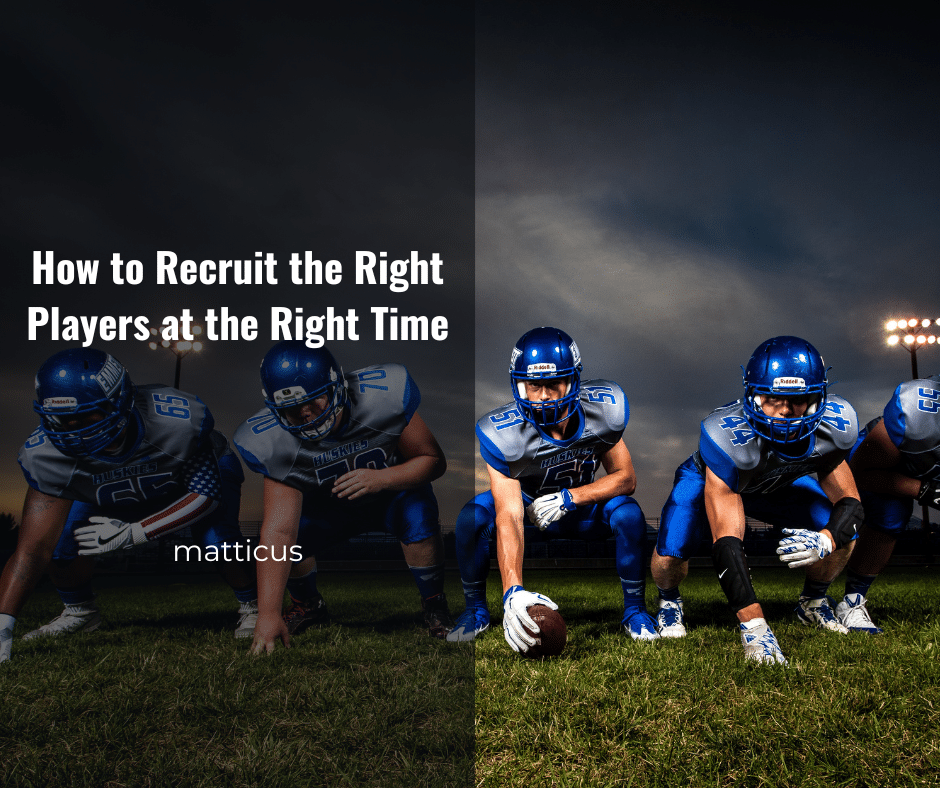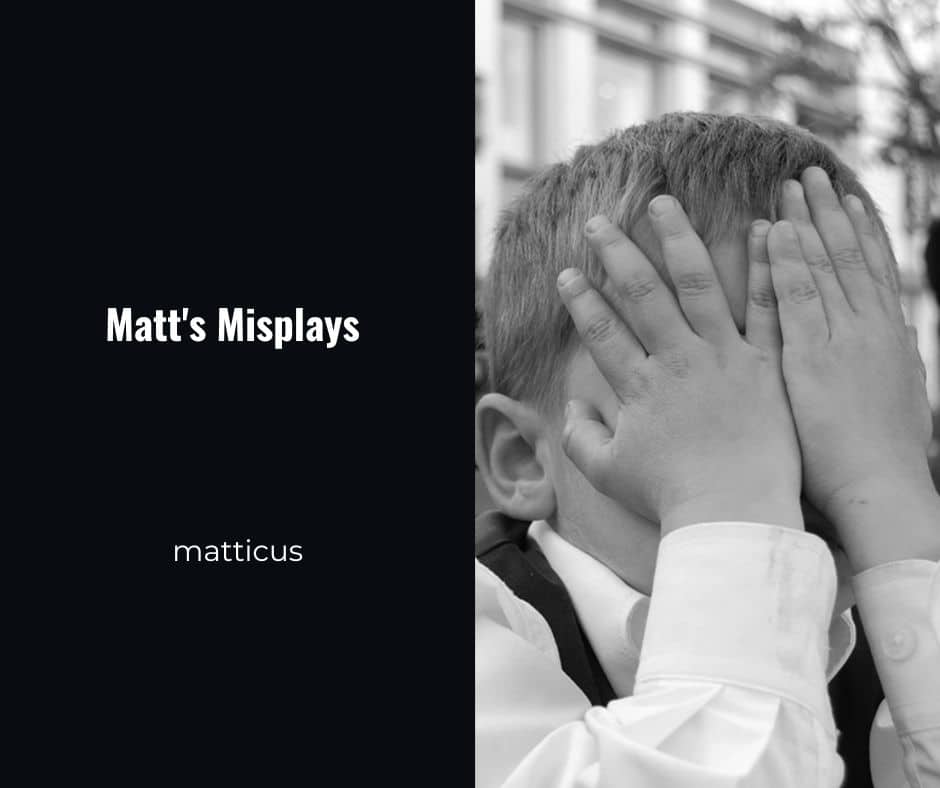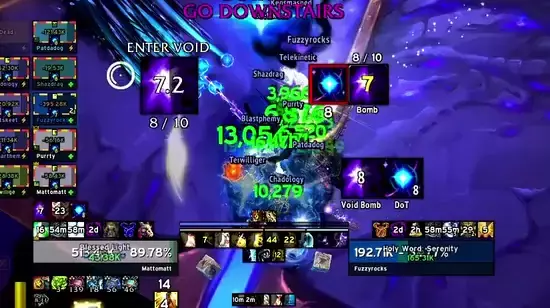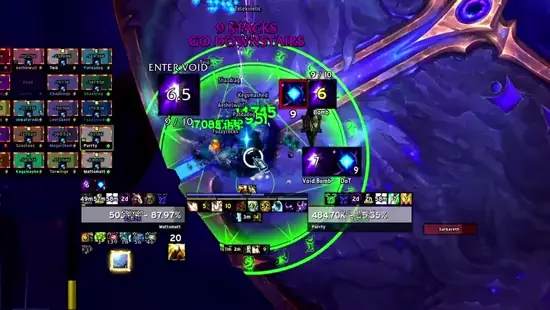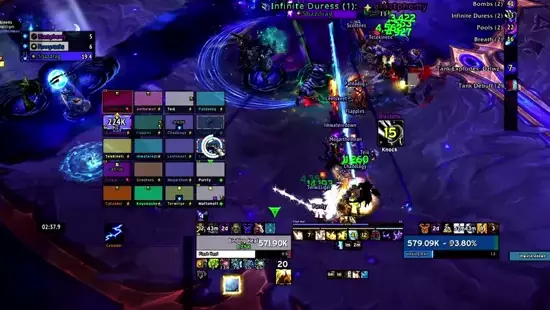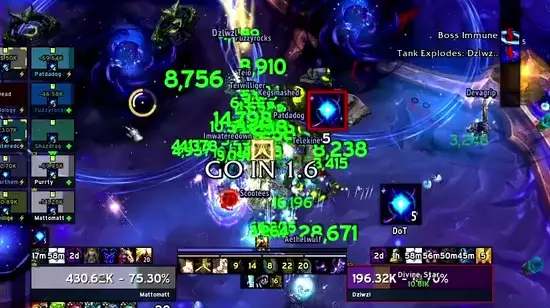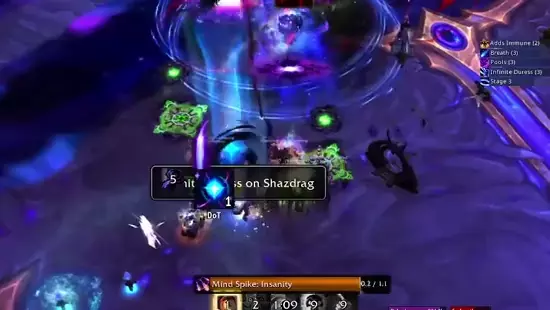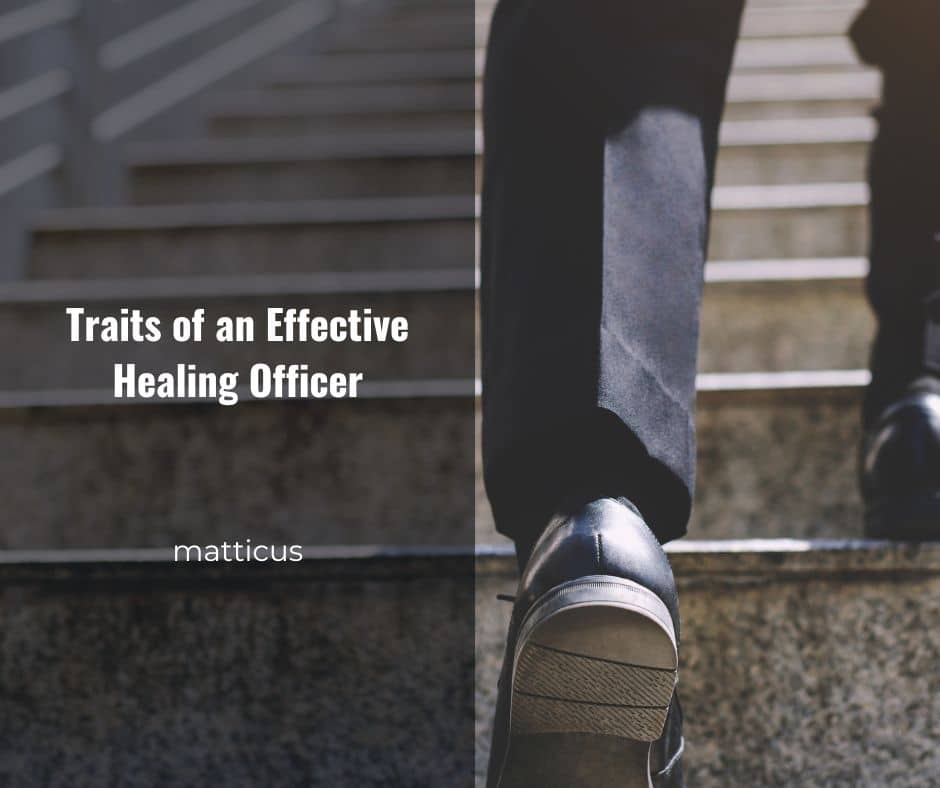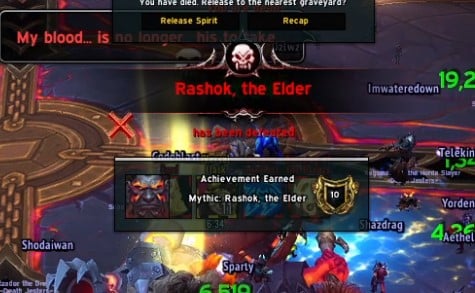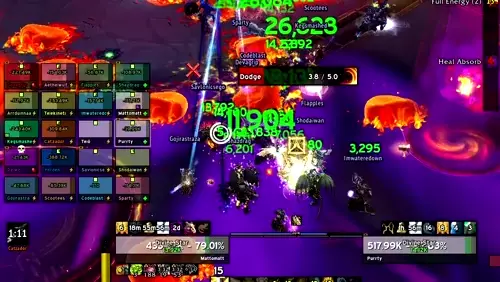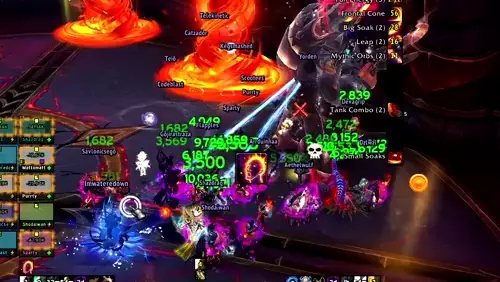I swear I wrote about this topic somewhere over a decade ago on a different publication but I felt it was time to revisit it. I can’t find it as it might well be lost to the bowels of the internet. There is more to being a healing lead than simply setting cooldowns on a spreadsheet and setting it in advance. After having played in multiple raids with established healing officers, I’ve been so dissatisfied with how they’re running their healers. It often feels disappointing when I’m DPSing during Echo of Neltharion during a raid and then we all wipe to Umbral Annihilation as I glance over and see that we still had 5 raid defensives that could’ve been used. Situations like this turn a surefire progression kill into a well-deserved wipe. It got to the point where I had to step in and just audible raid defensives for the team just so we could get past and move on to Scalecommander Sarkareth. It’s not something I really wanted to do and I regret stepping on the healing lead’s toes like that because I don’t have that authority. They’re a good group but lack the organizational discipline to really advance.
The healing lead serves as the primary point of contact between the raid and the healers. Their role is to establish cooldown usages in advance and make any corrections during progression. Any healer feedback ought to get channeled through them especially if raiders aren’t able to communicate well (because, y’know, no tact).
After years of calling raid defensives and observing other healing leaders, I’ve compiled a list of what traits and styles they all share.
Say something
Communication is key. As a healing leader, step up and start issuing instructions especially early on in progression. Healers are getting used to damage patterns coming in and helping the raid recover from various abilities. Not only that, much of their brain power is going to be spent on just moving around and surviving! They benefit from audio reminders just like everyone else until the encounter becomes so ingrained that it’s no longer necessary.
- Give specific instructions: Call out player names, then the spell you want them to use. If there’s a time component, tell them to count to 3 then use a Salvation. If it’s ability based, you can say something like, “Handel, on the next Scouring Eternity, use a Rallying Cry.” That will help prime a player to know what to look for and when to use something.
- Highlight debuffed players: Be prepared to flag individual players with a big debuff or a ticking dot ability on them. Ideally, every healer in the raid should run a glow that flashes players in the raid frames who have been targeted by something. Call it out and remind the healers to target them and for the affected players to use a defensive or a healthstone. After a few pulls, this won’t be necessary.
It’s possible for the raid leader to double up on this and take over cooldowns in addition to other raid duties, but I recommend splitting it up for the sake of mental bandwidth.
Go Off Script
No good healer spreadsheet survives first contact with any raid boss. You never know what your players will do or how they’ll react to situations they haven’t seen before. I was once assigned to cast Divine Hymn during a certain part of the encounter but we phased it ahead of schedule which negated my part, so I banked it for a future unforeseen situation. To make sure it wasn’t a fluke, we were able to replicate that DPS and it allowed us to move certain cooldowns around knowing it was no longer needed in that step.
- Keep assessing: Pay close attention to raid health, debuffs, and other mechanics. When things get intense, adjust your healing strategy on the fly because you may find that you need extra defensives due to underestimating damage coming in. This might cause you to use a pre-assigned cooldown earlier than expected and will cause a cascade where everything on the list gets moved up one to help compensate.
- It’s okay to be wrong: Expect to make bad calls. Live with the decision. It’s better to make a swift decision and communicate it to the team as opposed to not saying anything at all when a change has to be made. Give clear instructions about changes, assignments, or positioning. If you end up being wrong, you’ll know what not to do when you’re in this situation again later.
Fluent with Warcraft Logs
I don’t need to go into too much detail here, but being able to review healing logs of yourself, other healers, and the raid is a big benefit. You’re trying to isolate information that could be destroying your raid and players at various moments in an encounter.
Understand Your Tools
Raid defensives are no longer a healer-exclusive domain. Even the DPS has to step in to contribute! To be an amazing healing leader, you need to understand the strengths of the tools at your disposal and know when to use what. There is a time to use Tranquility and Healing Tide Totem versus Power Word: Barrier and Rallying Cry. Even Darkness has an ideal usage. If the raid group is stacked together, a Spirit Link Totem will do the job. Is the raid spaced out and unable to group up? A Salvation might do the trick.
Organize with Viserio’s and MRT
Much of the healing preparation needs to happen outside of raid. Your best weapons here are Viserio’s cooldown spreadsheets (which can be found on Discord) and Method Raid Tools. Cooldowns are your secret sauce for maximum healing impact. Once you have them planned out, you can incorporate them as a note into MRT:
- Know the Encounter: Study the raid encounters and understand when the big damage moments are coming. Herolust counts as a defensive cooldown so if it’s being used on the pull, you do have the 40 seconds of extra cast time to help get you through certain abilities. This lets you delay defensives for later on in the encounter.
- Incorporate other healers: Pick the brains of your healers if you’re not sure how to react to a given ability. Some have an easier time dealing with certain types of attacks than others.
- Personals and potions: You can assign personal player defensives and potions or healthstones if the situation calls for something and raid defensives are committed elsewhere.
There are even Weakauras that will ping you when it’s your turn to use an ability.
Don’t Stress About Tanks
More on this another time, but the best tanks I’ve raided with take their own destiny into their hands. They know how to call for and sequence single target cooldowns on their own so that healing leaders don’t have to do it for them.
One of the common tank UIs that I’ve seen has them incorporate single-target defensive timers under their player frames so they can quickly glance at what’s available to them.
Troubleshoot Deaths Like a Pro
Even the greatest healing leaders face deaths on their watch. This will take up a big part of wipes. I like to have a dedicated Deaths Details window in addition to damage and healing.
- Analyze Deaths: You can’t address player deaths without knowing what killed them. Was the player just being bad or did a healer fumble somewhere? I often take a cursory look at the death log in Details but if I need a more in-depth look, I’ll check death logs on Warcraft Logs along with the replay and time step. I’ll even review video footage I have to add some context. Maybe it was an innocuous positional blunder that resulted in a raider falling over. I’ve been this player before.
- Give Constructive Feedback: State the facts and list exactly what happened. The point is to not find fault, it’s to find solutions. This might mean the affected player needs to stop being greedy and reposition in advance to prepare for an ability. Or maybe they need a dedicated healer or cooldown to get them through a certain part of the fight. There are multiple ways to solve these situations. But share what you’ve learned with the raid group in a supportive manner. Encourage an open discussion and offer suggestions for improvement. Shut down any attempts at player blame or faults lest it devolves into wasted time arguing which serves no one.
- Missed assignment needs to be reviewed: Once is okay, but frequent misses are a problem and need to get fixed. During Rashok progression early on, I found myself missing the 2nd cast of Divine Hymn. After looking back, I noticed it occurred because my attention was focused on dodging lava waves and then I would simply forget. I made a more conscious effort to watch the timers and remain more aware of how much time I had left on the cooldown of Divine Hymn so I could prepare myself to channel it when needed.
Stay Objective
As a healing leader, maintaining objectivity is your secret weapon. It’s all about making fair decisions and fostering a positive raiding vibe. Here’s the game plan:
- Stay focused: That’s ice cold water running through your veins. Stay cool, even when things get intense. Stay focused on the task at hand and make rational decisions without getting carried away by emotions. Tackle one problem at a time and then move on to the next one over the course of several wipes. Sometimes healers have to compensate for bad mechanical play until the raid gets a better handle on how to get through it.
- Address conflicts: If conflicts arise, tackle them proactively. Be the mediator and promote open communication. Sometimes a deeper analysis and review can only happen once the raid is over. Don’t let any fights start in the middle of a raid. If things get even more heated, the raid leader might have to step in and tell the player to exit the raid and go for a walk.
Handling the Parse Lords
This will come up once in a while especially with newer healers. They feel left out and want to feel like they contributed. That’s fine if you have the ability to reposition their cooldowns to be more effective (you can even front load them earlier in the encounter). As players get more gear, the raid damage gets higher which also means less opportunity to do any healing. The only way to address this is to reduce the number of healers in the raid. If you have healers that care about that sort of thing, you can plan for it and rotate a healer out or have them play in an offspec role instead.
If it’s on progression, you can hear them out but put your foot down if you’ve already determined the best place to position cooldowns. We have to stick to the healing script to get through troublesome parts of the boss and it builds up that consistency. This does mean that some healers may not rank as high as others but hey, as long as it leads to a boss defeat.
Of all the officerial roles in a guild, being the raid’s defacto healing coordinator is one of the toughest. Expect to work closely with the raid leader when working on strategy together to see what coverage is available at any given point of an encounter. Not only that, prepare to rapidly iterate or change things up after a few pulls once you discover that what you had planned didn’t quite work.
As much as I hate to add this last part, ego management is real. Raiders might often get annoyed or pick on healers who they perceive as not pulling their weight because of a quick glance at healing meters. It’s your job to figure out and pick apart what’s real and what isn’t. Maybe they are slacking. Find out why and what can be done about it. HPS is often fluid and will vary at different parts of the fight. Unlike DPS, healer’s don’t often burn their CDs at the start of an encounter during Herolust.
Good luck out there!
